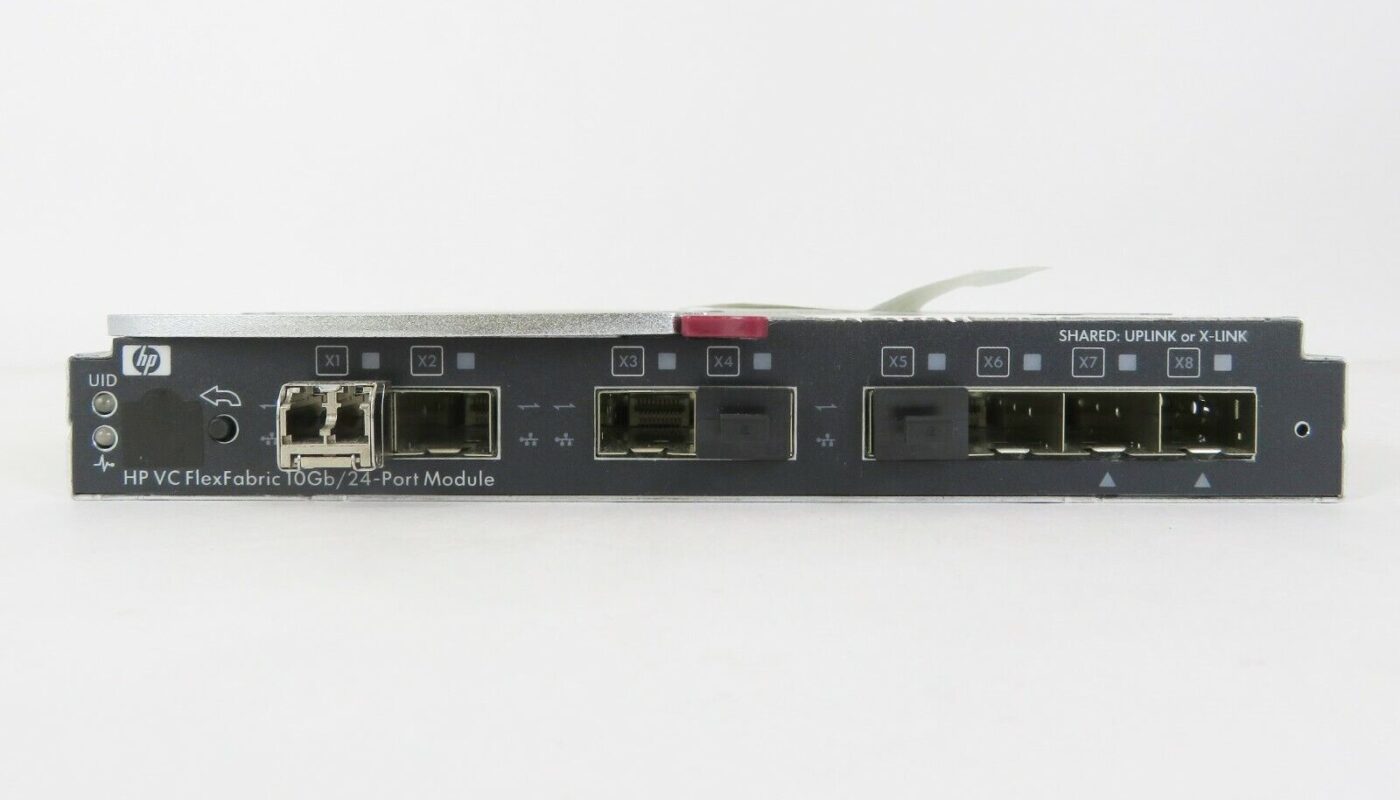A Load Port Module is a critical component of the semiconductor wafer fabrication process. It is the interface between the semiconductor processing tools and the factory environment for transferring wafers in and out of processing equipment. It allow for automated wafer handling within the fabrication facility and precise wafer transfers without disruption to the environmental and process isolation requirements of the tools.
Key Functions of a Load Port Module
The primary functions include:
Wafer Transfer: Load Port Module facilitate the precise transfer of wafers between the processing equipment and factory environment through integrated robot systems and transfer mechanisms. They enable fully automated wafer transfers without disruptions.
Environmental Control: Load ports maintain stringent environmental controls to isolate the processing equipment from ambient factory conditions. They regulate parameters like temperature, humidity, particle levels and gases to protect wafers and tool processing chambers.
Process Isolation: Load ports isolate the wafer transfer and handling processes from disturbances in the external environment as well as differences between equipment chambers. This maintains process conditions and prevents cross-contamination.
Process Monitoring: Advanced loadlock incorporate integrated sensors and controls to monitor critical process parameters during wafer transfers. They ensure parameters remain within specified limits.
Data Collection: Load ports collect critical process and environmental data during wafer transfer that is integrated with fab-wide data collection and analysis systems. This enables traceability and quality monitoring.
Components and Design Features
Modern loadlock incorporate complex systems, precision components and advanced design features to accomplish their functions reliably:
Wafer Handling Mechanisms: Robot blade assemblies, edge-gripping end-effectors, as well as elevators and pod door opening mechanisms precisely pick wafers and transfer between pods and tools.
Sealing Systems: Vacuum-based environmental seals around pod doors and slit valves isolate the transfer and handling area while wafers are exchanged to maintain tool conditions.
Temperature Control Systems: Thermal modules with heaters, chillers and direct temperature sensing capabilities regulate wafer temperature during transfers.
Filtration Systems: High-efficiency particulate air (HEPA) and gas filtration modules process air and gases flowing in and out of the load port to maintain cleanliness.
Integrated Sensors: Built-in sensors measure critical parameters like temperature, humidity and particles during transfers for real-time monitoring and historical data collection.
Control Systems: PLC and computer-based controls automatically orchestrate all loadlock functions and safeguard processing conditions through integrated process recipes.
Advanced Materials and Design: Load ports use corrosion-resistant materials like stainless steel and have compact, cleanroom-compatible designs for reliable long-term usage in fab environments.
Modern Design Advancements
Load Port Module technologies continue advancing to meet the evolving needs of advanced semiconductor manufacturing:
Dual-Blade Designs: Some load ports utilize dual or multi-blade robot assemblies to simultaneously transfer multiple wafers, improving tool productivity.
Mini Environment Modules: Isolated mini-environment sections around robot blades enhance control of critical parameters like oxygen and moisture levels during delicate transfers.
Enhanced Sensors: Advanced sensors provide more robust real-time monitoring of environmental and process conditions, enabling tighter control.
Predictive Analytics: Load ports are being integrated with predictive algorithms and diagnostics to enable smarter maintenance, yield monitoring and defect control.
Multi-Port Designs: Multi-port load ports allow bidirectional wafer transfer between processing tools, stockers, and FOUPs to optimize material flow.
Automation and Integration: Increased use of machine vision, RFID, automated calibration and remote monitoring improves load port operations and links them more closely with fab-wide automation.
As semiconductor manufacturing processes continue scaling down and integrating more advanced materials, Load Port Module technologies will play an even more vital role in reliably and precisely exchanging wafers while safeguarding process isolation and parameters. Their reliable operation and close integration with fab-level automation will remain critical for high yield manufacturing.
*Note:
1. Source: Coherent Market Insights, Public sources, Desk research
2. We have leveraged AI tools to mine information and compile it




